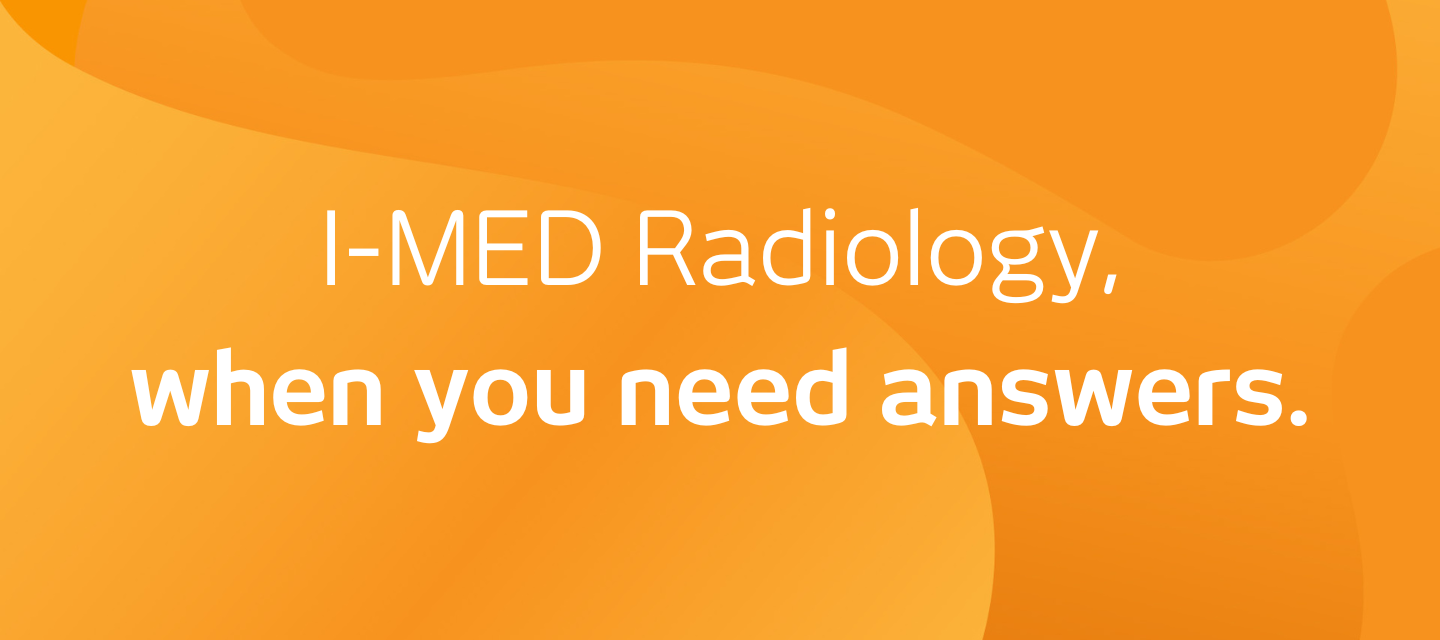
Barium swallow/meal
Barium swallow/meal
What is a barium swallow/meal?
A barium meal is a study to examine the stomach and small intestine (or bowel). It is sometimes carried out with a barium swallow, to show the oesophagus (the tube connecting the mouth to the stomach), or with a barium follow through to show the small intestine.
Barium (a chalky substance) is mixed with water and makes a white liquid. When this is swallowed, the oesophagus, stomach and small intestine can be seen on x-ray pictures.
Why would my doctor refer me to have this procedure? keyboard_arrow_down
Your doctor has referred you for this procedure to investigate the causes of upper abdominal pain and/or persistent vomiting, particularly if blockage or twisting of the upper intestine is suspected. A barium swallow/meal can show the position and size of the stomach and small intestine, and if there is a blockage.
How do I prepare for a barium swallow/meal? keyboard_arrow_down
The most important preparation is to not eat or drink before the study, as any food in the stomach makes the barium meal difficult to interpret. The length of time you will need to go without food or drink (called fasting) is generally 4 hours prior to the procedure but you will be advised of this time when you book your appointment.
What happens during a barium swallow/meal? keyboard_arrow_down
You will be asked to stand for most of the procedure whilst the images are taken. The x-ray table may be moved to enable you to lie on on your side or back if required. When the images are taken, you need to be still, so that the images are not blurry.
You will be given a drink of a liquid called barium. This liquid mixture is like a thick, chalky textured milkshake with added flavours to make it easier to drink. You will be advised to take a small mouthful at a time and hold it in your mouth until the doctor advises you to swallow. Pictures will be taken at this time. Depending on your symptoms, sometimes we may soak food substances in the barium to simulate what happens when you eat these types of foods e.g. bread or dry biscuits.
The barium can be seen on images taken with the x-ray fluoroscopy machine. Fluoroscopy shows the inside of the body as it is working, which can be watched like a movie on a screen. Barium makes a shadow by stopping the x-rays, and showing the inside of the stomach and small intestine.
Images are taken as the barium moves through the stomach and small intestine.
How long does a barium swallow/meal take? keyboard_arrow_down
A barium swallow/meal will take approximately 10–20 minutes unless it includes a ‘follow-through’ examination.
A follow-through examination can take several hours (usually 2–8 hours, but sometimes longer), as the barium has to pass all the way through the small intestine. You will be advised at the time of booking if this is required.
What are the risks of a barium swallow/meal? keyboard_arrow_down
The barium swallow/meal study might not show an abnormality that is present, and further investigations might be required to confirm a diagnosis. Your referring doctor will discuss the test results with you.
X-rays are invisible and pass through the body without any sensation. X-rays, like many other medical investigations and treatments, are not considered harmful if used appropriately.
What are the benefits of a barium swallow/meal? keyboard_arrow_down
A barium swallow/meal easily shows the outline of the stomach, the first part of the small intestine and any abnormal position of the stomach.
It more easily shows the position of the stomach and small intestine than other tests.
How do I get my results? keyboard_arrow_down
Your doctor will receive a written report on your test as soon as is practicable. It is very important that you discuss the results with the doctor who referred you so they can explain what the results mean for you.
Related procedures

This information has been reviewed and approved by Dr Ronald Shnier (I-MED Chief Medical Officer).
Related articles

Related procedures

This information has been reviewed and approved by Dr Ronald Shnier (I-MED Chief Medical Officer).
Related articles

